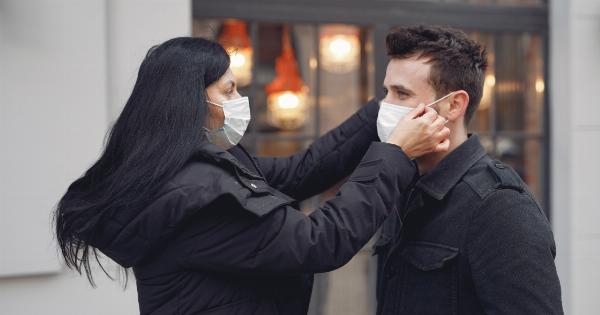Sexually transmitted diseases (STDs) are infections that are transmitted from one person to another through sexual contact. While anyone who is sexually active can contract an STD, there are certain factors that can increase the risk of infection.
In this article, we will discuss the risks of STDs in monogamous and open relationships.
Monogamous relationships
When two people are in a monogamous relationship, they are sexually exclusive with one another. This means they only have sex with each other and have no other sexual partners. In theory, this should mean that the risk of contracting an STD is very low.
However, this is not necessarily the case.
Firstly, it is important to note that not all STDs are caused by sexual contact. Some diseases, such as herpes and HPV, can be transmitted through skin-to-skin contact.
This means that even in a monogamous relationship, if one partner has an STD, there is a risk of transmission.
Secondly, people who are in monogamous relationships still need to take precautions. If one partner has had previous sexual partners, there is a risk that they may have contracted an STD in the past.
Additionally, if one partner engages in intravenous drug use or received a blood transfusion before 1992, they may be at risk of contracting HIV.
Open relationships
An open relationship is when two people agree to have sexual relationships with other people outside of their primary partnership. This may involve casual sexual encounters with multiple partners or more long-term, committed relationships with others.
Unsurprisingly, the risks of contracting an STD are much higher in open relationships. This is because each sexual encounter with a new partner poses a new risk of infection.
Additionally, some people who engage in open relationships may be less likely to use protection for a variety of reasons, such as a desire for heightened intimacy or a sense of trust with their other partners.
It is important to note that open relationships can be done safely and ethically. Communication and a commitment to safe sex practices are key in reducing the risk of infection.
Reducing the risk of STDs in any relationship
No matter what type of relationship you are in, there are steps you can take to reduce your risk of contracting an STD:.
- Use condoms and dental dams consistently and correctly during all sexual encounters
- Get tested regularly for STDs, especially if you have had unprotected sex or have had multiple sexual partners
- Limit your number of sexual partners
- Be open and honest with your partner(s) about your sexual history and any potential risks of infection
- Avoid sharing needles or other injection equipment
- Consider getting vaccinated for diseases such as HPV and Hepatitis B
Conclusion
STDs can occur in any type of sexual relationship, whether it is monogamous or open. However, those in open relationships are more at risk due to multiple sexual encounters with different partners.
Taking precautions such as using protection consistently and getting tested regularly can reduce the risk of STDs in any type of relationship.



























